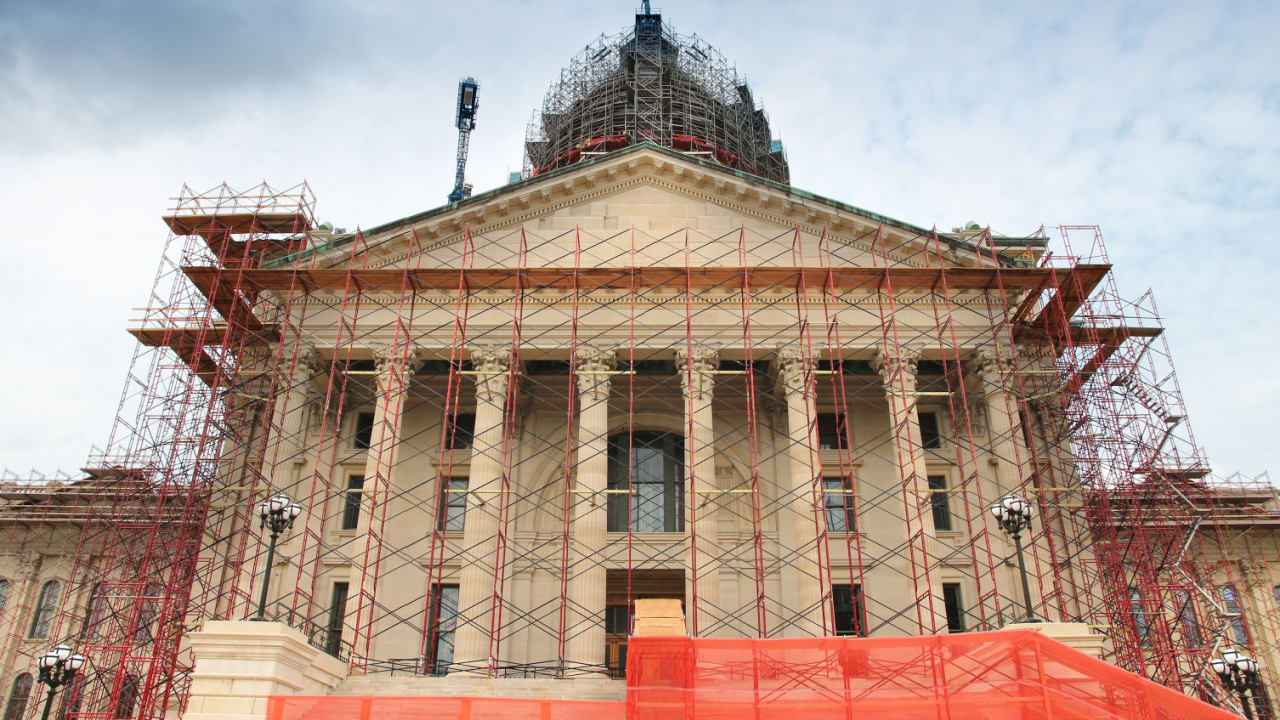
Encouraging a Merit-Shop Philosophy for Government Contracts
For decades, federal, state and local governments have enacted statutes and regulations aimed at implementing preferences for minority-owned businesses, especially in the construction industry. While the construction industry has largely complied with these efforts, many construction companies and related trades associations have objected to racial based preferences in the award of contracts for a variety of reasons, including constitutional concerns, concerns as to the experience and qualifications of such companies, and the increased costs because of eliminating other qualified competitors.
The constitutional validity of government-contracting affirmative-action programs under the Equal Protection clause has been subject to intense review. Many of the most notable cases in this area involve racial-based preferences or set-asides for construction contracts, which generally comprise a large proportion of governmental spending. The United States Supreme Court applies the highest standard of review—strict scrutiny—to evaluate the constitutionality of these programs. Despite efforts to dispel the notion that strict scrutiny is “strict in theory, but fatal in fact,” it is a reality that most racially based preference programs have failed this constitutional test.
With the recent Supreme Court decision invalidating racially based affirmative action in college admissions, it appears that the new reality for racial preferences in government construction contracting will be “strict in theory, and fatal in fact.” The strict scrutiny analysis applied in the case of Students for Fair Admissions, Inc. v. President and Fellows of Harvard College is poised to make it even more challenging for any racially based government-contracting affirmative-action program to withstand a constitutional challenge.
Section 1 of the Fourteenth Amendment, enacted following the Civil War, ends: “No State shall…deny to any person within its jurisdiction the equal protection of the laws.” In the case of Richmond v. J.A. Croson Co., the Supreme Court ruled that local governments could use their “spending powers to remedy private discrimination” if they could precisely identify such discrimination, even if they were passive participants in discriminatory practices within the local construction industry. Adarand Constructors v. Pena later extended strict scrutiny to federal government-contracting programs based on racial classifications under the Fifth Amendment.
The court’s strict scrutiny analysis involves a two-step examination. First, it assesses whether the racial classification is used to “further compelling governmental interests.” Second, it evaluates whether the government's use of race is “narrowly tailored” and “necessary” to achieve that interest. The court underlines that race-based state actions are rare for a reason, as making distinctions between citizens solely based on ancestry goes against the fundamental doctrine of equality upon which our institutions are built.
While when subject to challenge, courts have often invalidated most local government racially based government-contracting programs, many have withstood such challenges. Given the recent Harvard College decision, it will be increasingly improbable for a racially based government-contracting affirmative-action program to withstand strict scrutiny. At least one federal lower court case has already invalidated one such program.
In this renewed, more rigorous strict-scrutiny analysis, the court considered six factors in striking down college affirmative action programs, and it is likely that any race-based government-contracting preference program would face the same outcome.
Compelling Interest: Historically, only two compelling interests exist, with one being relevant to government contracting—addressing specific, identified instances of past discrimination that violated the Constitution or statute. In the past, governments have based their race-based programs by sponsoring diversity studies as evidence of past discrimination through statistics. In light of the heightened review in the Harvard College case, such diversity studies, absent evidence of intentional discrimination, arelikely to be insufficient.In the Harvard College case, when discussing compelling interest, the majority opinion did not cite J.A. Croson or Adarand as examples, perhaps signaling that government-contracting programs are next to fall.
Measurability: The racial-based program must be measurable to permit judicial review, which may be more feasible in the context of government contracting compared to school admissions. For example, governments may be able to meet this factor by demonstrating an increase in the dollars spent in contracts awarded to minority-owned companies.
Meaningful Connection: There must be a meaningful connection between the means employed and the goals pursued. In the context of college admissions, the programs failed this factor as they measured the racial composition of their classes using racial categories that were overbroad (expressing, for example, no concern whether South Asian or East Asian students are adequately represented as “Asian”); arbitrary or undefined (the use of the category “Hispanic”); or underinclusive (no category at all for Middle Eastern students). Government-contracting classifications often suffer from defects similar to those found in college admissions programs.
Avoiding Negatives and Stereotypes: The racial-based program must not be used negatively or as a stereotype. Just as in college admissions, awarding government contracts based on race may disadvantage some contractors at the expense of others and promote stereotypes. In the college admissions context such failed because the court noted that college admissions are a zero-sum game, meaning there is a limited number who could be admitted, and if one student is selected as a result of her race, then another would be rejected, and a benefit provided to some applicants but not to others necessarily advantages the former at the expense of the latter. The same fatal flaw is applicable in the government contracting context. Similarly, a racially based government-contracting program is guilty of stereotyping. When the government awards a contract to a vendor on the basis of the owner’s race, it engages in the offensive and demeaning assumption that all owners of a particular race, because of their race, require such preference to obtain a contract.
Logical End Point: The final factor that the court used to determine the college affirmative action programs unconstitutional was that the programs lacked a “logical end point.” In the context of education, more than 20 years ago, the court mentioned that such would be 25 years, but Harvard College contends that the logical end point will occur once meaningful representation and diversity are achieved on college campuses. The court found such a position unsatisfactory, reasoning that such measures of success amount to little more than comparing the racial breakdown of the incoming class and comparing it to some other metric, such as the racial makeup of the previous incoming class or the population in general, to see whether some proportional goal has been reached, which is akin to “outright racial balancing” andis “patently unconstitutional.” The same measure is used in the context of racially based government-contracting programs and will come to the same fate.
Given the recent Harvard College decision and the heightened strict scrutiny analysis, it will be increasingly challenging for racially based government-contracting programs to pass constitutional muster. Governments, construction contractors and related trade associations who are interested in supporting or opposing such programs should contact their legal counsel to discuss status and strategy in light of this new legal reasoning under the Equal Protection clause of the Constitution.
Related stories








